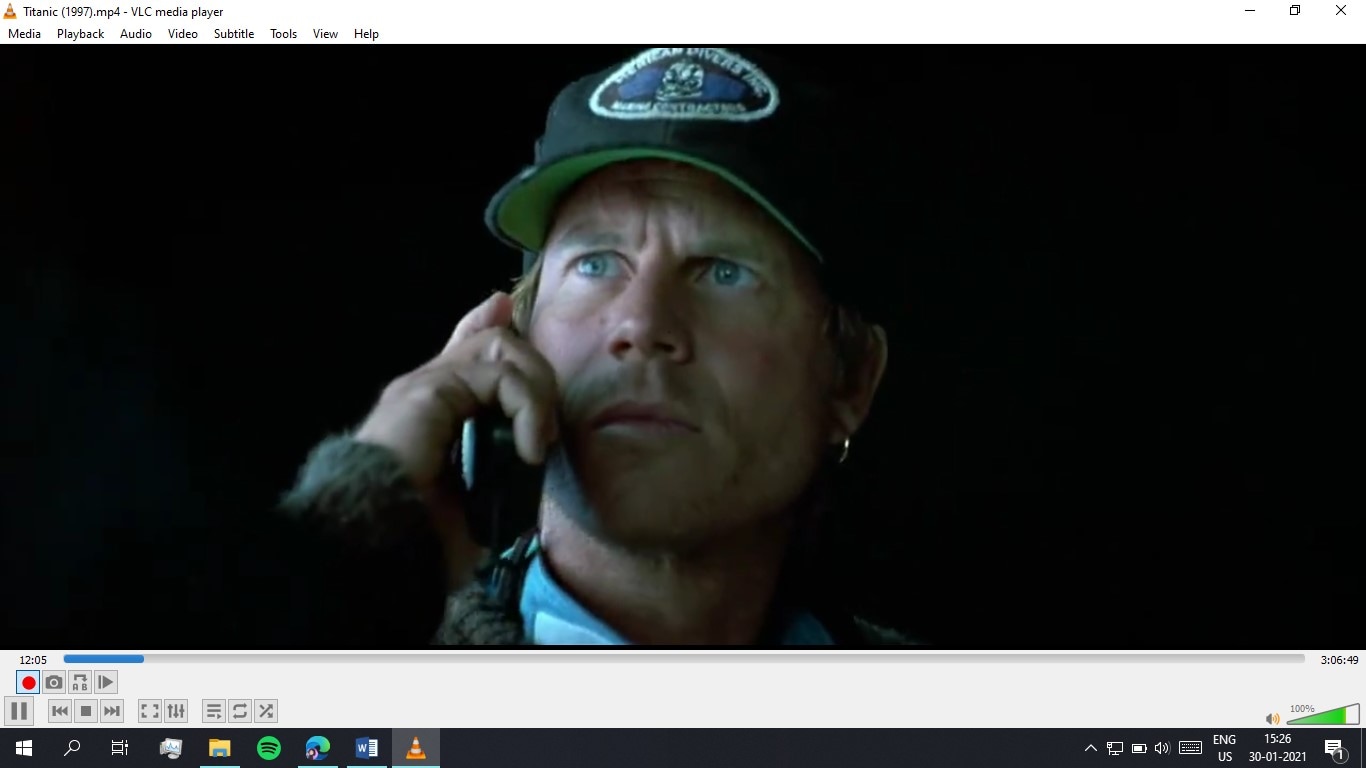
This allows you to display the stream you are actually streaming. Display locally: display the stream on your screen.The following streaming methods are available for use with VLC: To stream using the GUI, open VLC, then Media -> Stream:Īfter selecting an item, the wizard is ready to begin Streaming using the GUI is only available on the Qt interface. Running "vlc" should be all that is needed to open VLC:Ī typical commandline string for converting a file to another format is: On Unix-based system (such as Linux and macOS) a terminal window can be opened. Should change to the directory where vlc.exe is located. If VLC is installed in the default location (on a 32-bit system) running:
#Vlc edit video .exe#
exe part is assumed) needs to entered to run VLC. Once the Command Prompt window is opened navigating to the folder/directory where VLC is located is easiest for using the commandline as only "vlc.exe" or "vlc" (as the. Alternatively by going to "Start > Run." or pressing "Windows key + R", entering "cmd" into the text field and press "OK" or Enter. This can be found in the "Accessories" folder of the Start menu. On Windows-based systems the Command Prompt can be used. To use the VLC's commandline you need to have access to the commandline interface, for example via a shell.
#Vlc edit video full#
This is more flexible than via the GUI as it enables full usage of the modules and options available in VLC. If the profile settings were compatible and transcoding was successful, a playable destination file should be created.Īnother method of transcoding is via the commandline. To check/edit the settings of a given profile press the "Edit selected profile" button.

#Vlc edit video windows#

VLC media player is able to stream, transcode and save different media streams.

2.2.3 Transcoding commandline string structure.


 0 kommentar(er)
0 kommentar(er)
